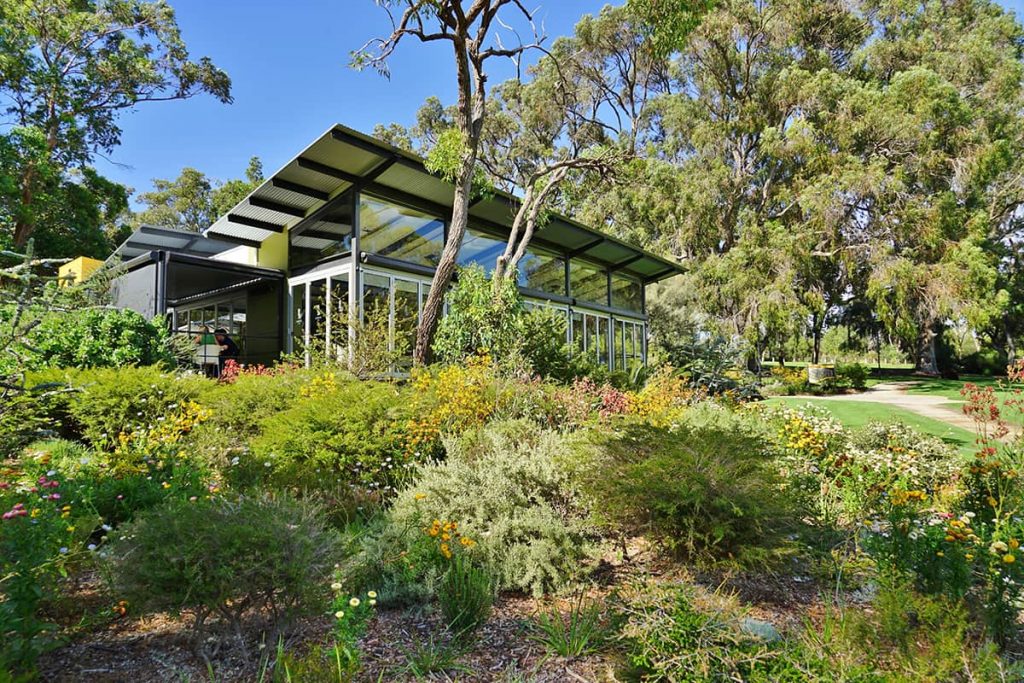
If you live in Australia, choosing Australian native plants for your garden is the logical and sensible thing to do, because these plants are ideally suited to the Australian climate. Naturally you can expect introduced species—those that do not originate from Australia—probably won’t thrive quite as well without investing more time and care into their maintenance.
Building a native Australian garden is also a good way to help preserve our native plant species, natural heritage, and possibly also provide a refuge for native birds and wildlife.
Landscaping is both an art and a science, however, so this is not a project to be undertaken lightly. You can choose to hire a professional landscaper, or to do the work yourself. This step-by-step guide is suited for those who prefer the latter option, so get ready to learn the ins and outs of landscaping.
Step 1: Define how much space you have to work in
Before you can do anything else, you need to know very precisely how much total area is available for your project. It’s not essential, but it’s best to get help with this step if possible, because it will help you avoid making mistakes. The exception is if you use laser measuring instruments to collect your measurements, because these are easy to operate solo. Metre-wheels are not recommended for measuring unless you’ll be covering a vast area, because they’re not very precise and it’s also easy to miscount, resulting in you having to start over.
No matter what shape your garden is going to eventually have, your initial area measurement should be rectangular. Even if you’ll be designing your garden using landscaping software, at this stage it’s going to be easier to draw your rectangle by hand on a sheet of plotting paper. Make sure to note what scale you are using (that is, how many millimetres on the paper represent one metre in reality).
Finally, determine how much of the rectangle won’t be included, and draw the shape of the boundary between the two zones. The non-garden zone is the “void”, and that simply means an area that won’t be modified by the project.
Knowing the size of the area will help you determine how many plants you can have and what types, and also helps you calculate the volumes of other materials you might need.
Step 2: Do your homework
One of the most enjoyable parts of a large scale project like this is the planning stage, and by conducting a bit of research into the best plants for your area, you can start dreaming and visualising what your garden is going to look like.
Start by visiting your local library or bookstore. That advice may surprise you in this modern era, but Internet articles are not usually as detailed as actual books, and you can generally be more certain that the information is reliable. Read about the plants that are suitable for your environment, and then head to your local plant nursery for more specific advice. Another reason you should arm equip yourself with knowledge first is because this will help you determine if the nursery worker actually knows what he or she is talking about, so you won’t be sold something you don’t really want!
Now you can make a list of the plants you’d like to include, and start thinking about how you’re going to arrange them in your garden. Once you’ve chosen what you want, you’ll also need to consult your nursery or hit the books again to find out what soil conditions are required for each species you’ve selected.
Step 3: Do a soil test
Strictly speaking, this step is optional, but if you really care about getting optimal results in the long-term, it’s a really good idea to get your soil tested. The basic level of testing required is to get the pH level of the soil, and if you can afford the extra cost, it’s not a bad idea to also find out the nutrient levels. Fortunately for Australian plants, nutrients are not normally a major consideration, as they’ll typically grow quite well in poor soils.
To collect your samples, get some tent pegs and hammer them into the ground at one metre intervals around the perimeter of your rectangle. Uses some string to connect the pegs that are opposite each other. When you’ve finished you’ll have a grid. Make a map of your grid and give each square a number. Now just take a small sample of soil from at least three squares on the grid, making sure to label on your container which square the sample was collected from. Collecting from more squares is better, but will also increase the cost of your testing unless you’ll be performing the test yourself.
Now just send the samples to a testing lab and wait to get the results back. Check the pH levels returned against what levels you need for the plants that are going in each zone. If adjustments need to be made, consult with a soil specialist.
Step 4: Detailed plan
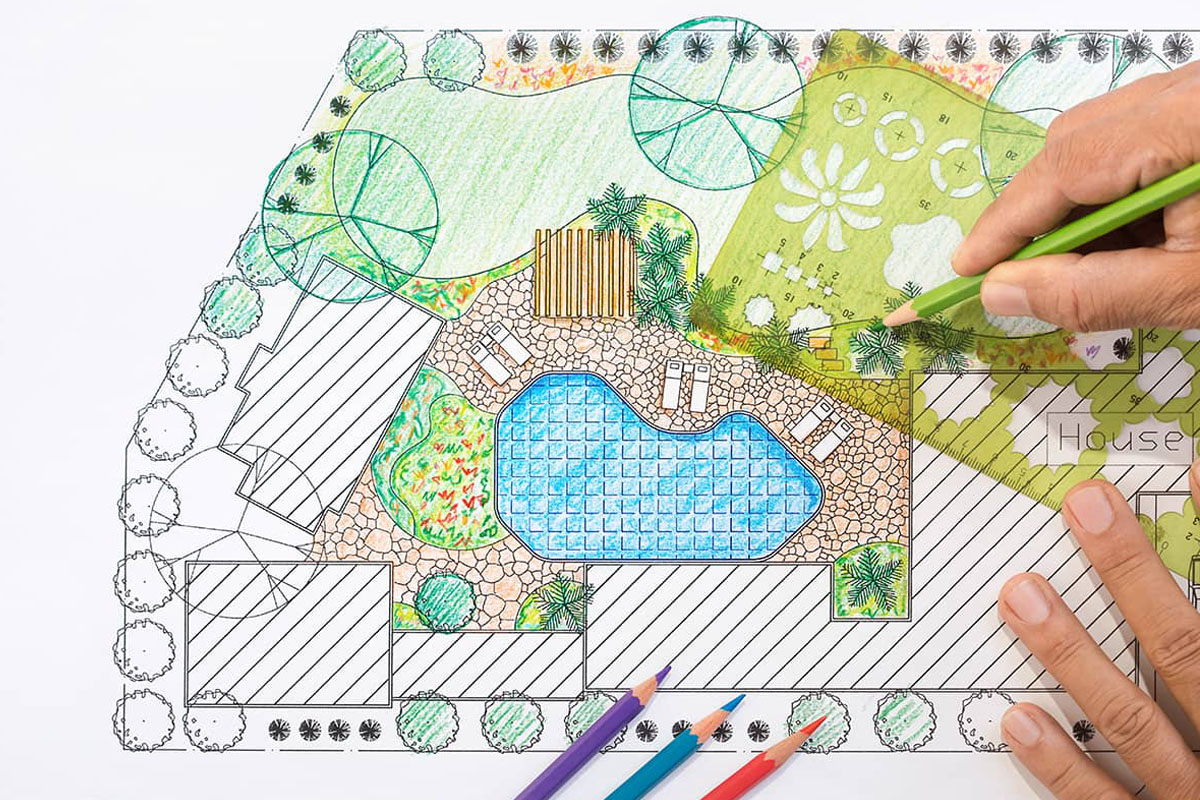
Now that you’ve covered the basics, you can get down to the real work of designing your new garden. You can buy software to help with this task, which makes your chart very tidy and precise. Drawing by hand is more flexible, however, because the options in software are limited to those things the programmers knew about before they created it. Also most landscaping software available in Australia was really designed for overseas markets.
Your map is divided into four different asset classes:
- Hard points – decorative features like fountains, pools, stones, bridges, etc.
- Soft points – plants
- Wet channels – rivers, creeks, streams, etc.
- Dry channels – paths
Your “soft points” should be categorised into:
- trees
- shrubs
- vines
- grasses
- flowers
These are all self-explanatory. Obviously you’ll further sub-categorize these by the individual species you intend to install in each area.
Finally you’ll have to plan for a process known as “contouring” or “terraforming”. In simple terms, this just means adding to or subtracting from the elevations in different sections of the garden.
There are two reasons to think about this. The first is aesthetics, because having different levels can make your garden look more interesting. The second reason is more practical, and involves considering drainage and the amount of sunlight hitting each sector. Elevated areas will get more light, while recessed areas will get less.
Step 6: Order everything
With the plan firmly established, you can now order all your materials and equipment. There is a very specific order in which you should schedule delivery of these items.
- First, all the equipment and materials needed for terraforming
- Second, hard point items and materials required for their manufacture
- Third, items to be used in the construction of dry channels
- Fourth, any fertilizers or other chemical additives required
- Fifth, additional topsoil if required
- Sixth, grasses, shrubs, and trees
- Seventh, all other plants
Note that you need to schedule the delivery to fit with your construction schedule, so that everything you need for subsequent steps arrives in time, but not early enough to cause storage problems for you.
Step 7: Commence terraforming
If you’re not completely confident in your skills, you may want to hire excavation experts to take care of any major excavations or other digging. Look for weak areas that may collapse and shore them up securely.
Step 8: Mark out the paths for your channels
There are plenty of methods you can use to mark these. The most common way is to use a non-toxic powder (flour, calcium carbonate, etc) to lay down a line, and then use stakes and string along the line to make it durable. Obviously don’t use any kind of salt for marking lines.
Step 9: Perform any necessary digging for hard point installation and channel establishment
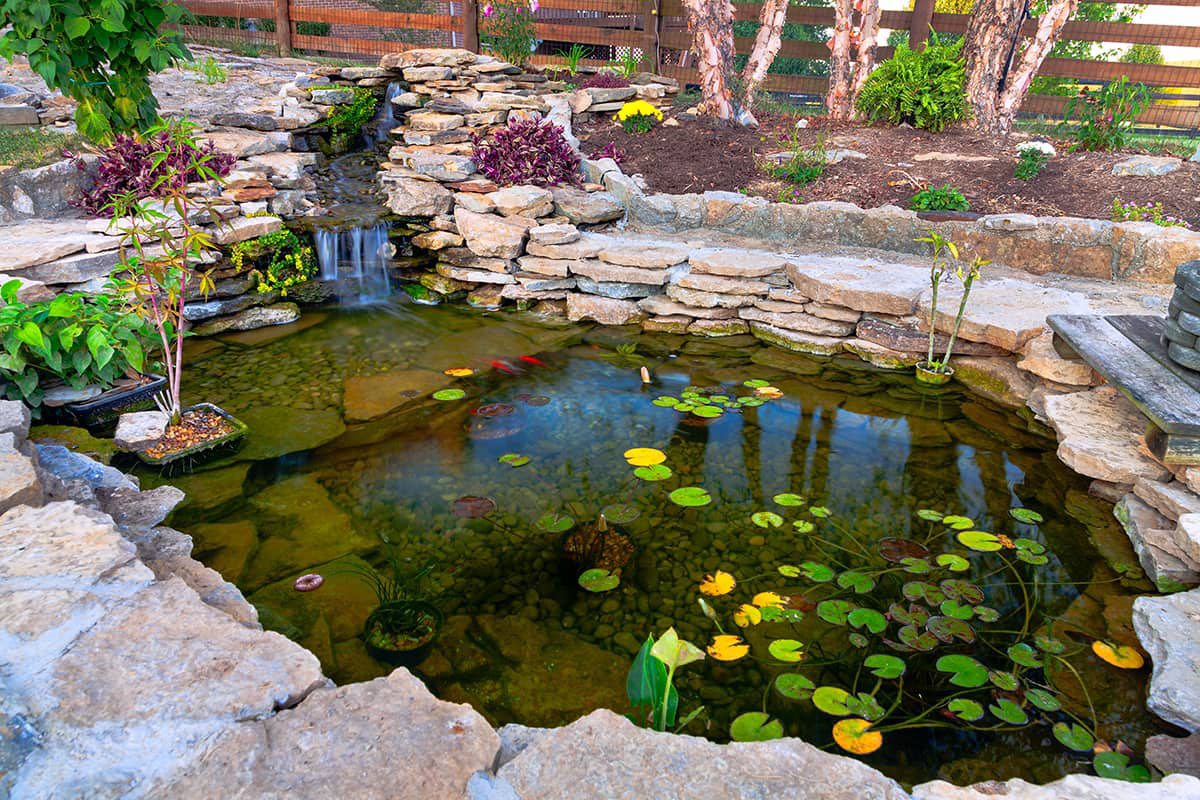
Certain types of hard points like ponds and fountains may need some excavation work done. Most dry channel paths will be strengthened by excavating them to a depth of about six inches, and filling with a suitable substrate. You can also dig out the course of any artificial wet channels you are creating.
Step 10: Dig holes for tree planting
If you’re using a mechanical post hole digger to dig the holes for your tree planting, you should do that before installing the hard points, so they won’t be at risk of damage. Keep an eye on the weather forecast, because you don’t want your holes filling up with rain. Also be aware that as long as these holes remain unfilled, they are a hazard to children and pets.
Step 10: Install the hard points
Your garden will be taking shape now. Installing all your lamp posts, park benches, bridges, fountains, and so on will give you a clear sense of whether it’s all going to look the way you expected.
Step 11: Complete your dry channels
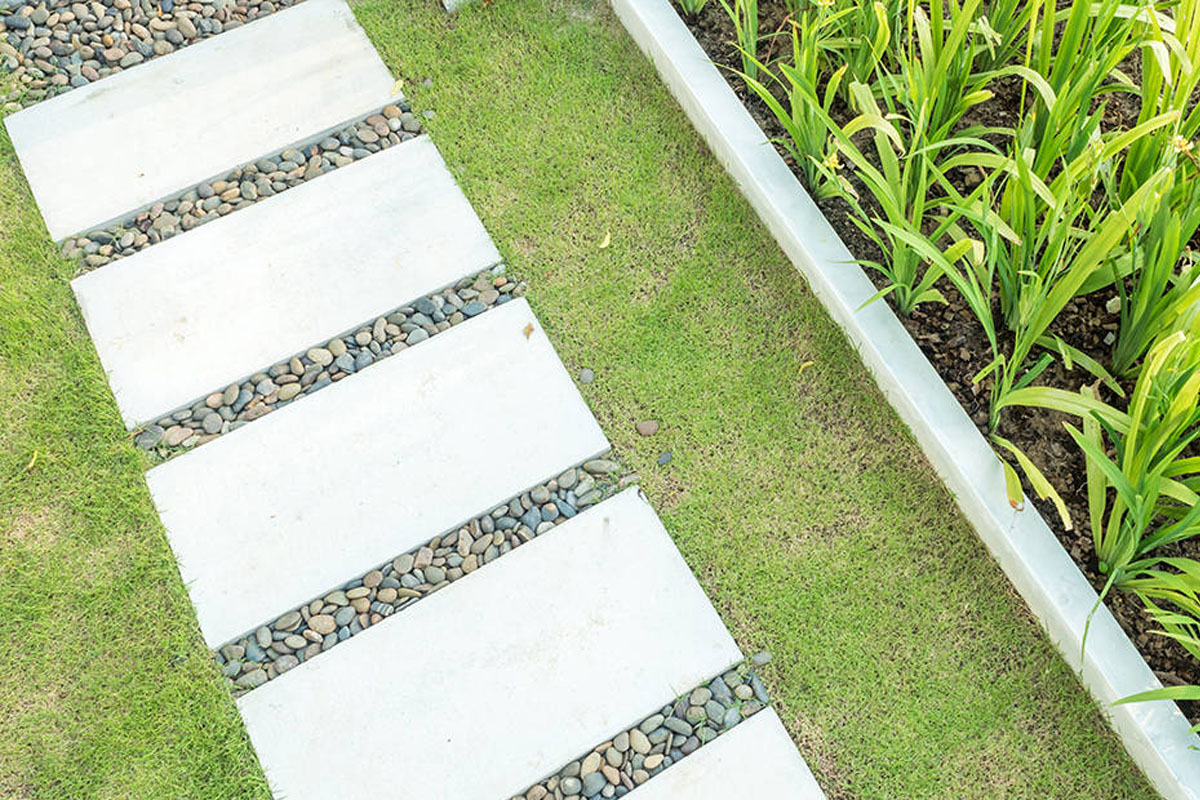
All of the seriously hard work has been done by this stage, so you can make access to your garden easier from here on by adding the permanent surface of your dry channels. You may choose to use garden pavers, stepping stones, and pebbles.
Step 12: Prepare your soil if necessary
The great thing about native Australian plants is they don’t need mollycoddling, so you might not have to do much, or even anything. If your soil tests revealed any serious deficiencies or adverse pH conditions, you can now apply any necessary remedies.
Step 13: Install your plants
Trees go in first, followed by shrubs, and then native grasses. Save any delicate flowers for last, so they won’t get damaged.
Step 14: Water generously
If it’s not about to rain, you should provide some hydration to help your plants get off to a good start.
Step 15: Tidy up
All you need to do now is clear away any clutter left over from the construction process, and apply any last minute touches that will give your garden that little something extra.
If you followed the above steps, you should now have a perfect Australian native garden. That’s something you can feel proud about, because it will be a beautiful low maintenance addition to your home. Your garden adds value to your property and should provide you with years of pleasure as you enjoy the benefits of a properly landscaped garden.
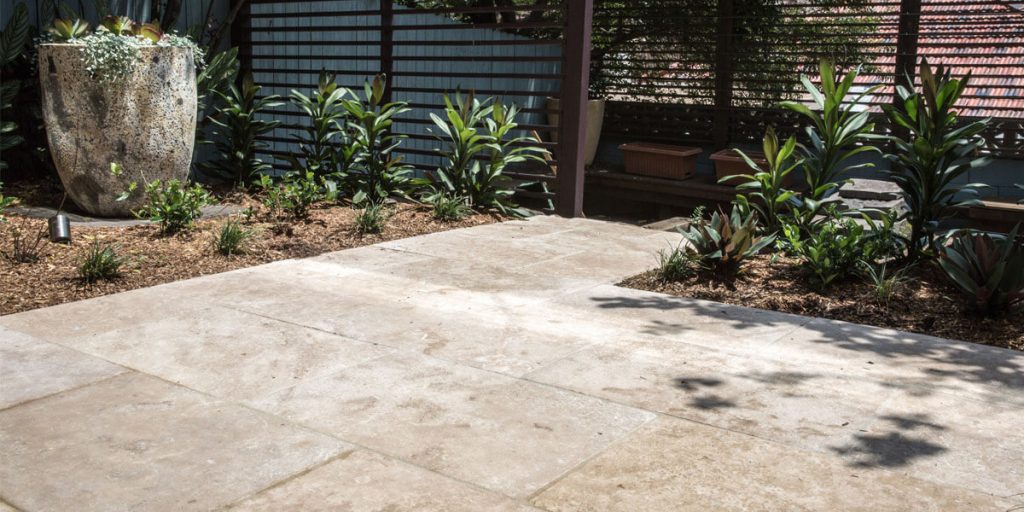
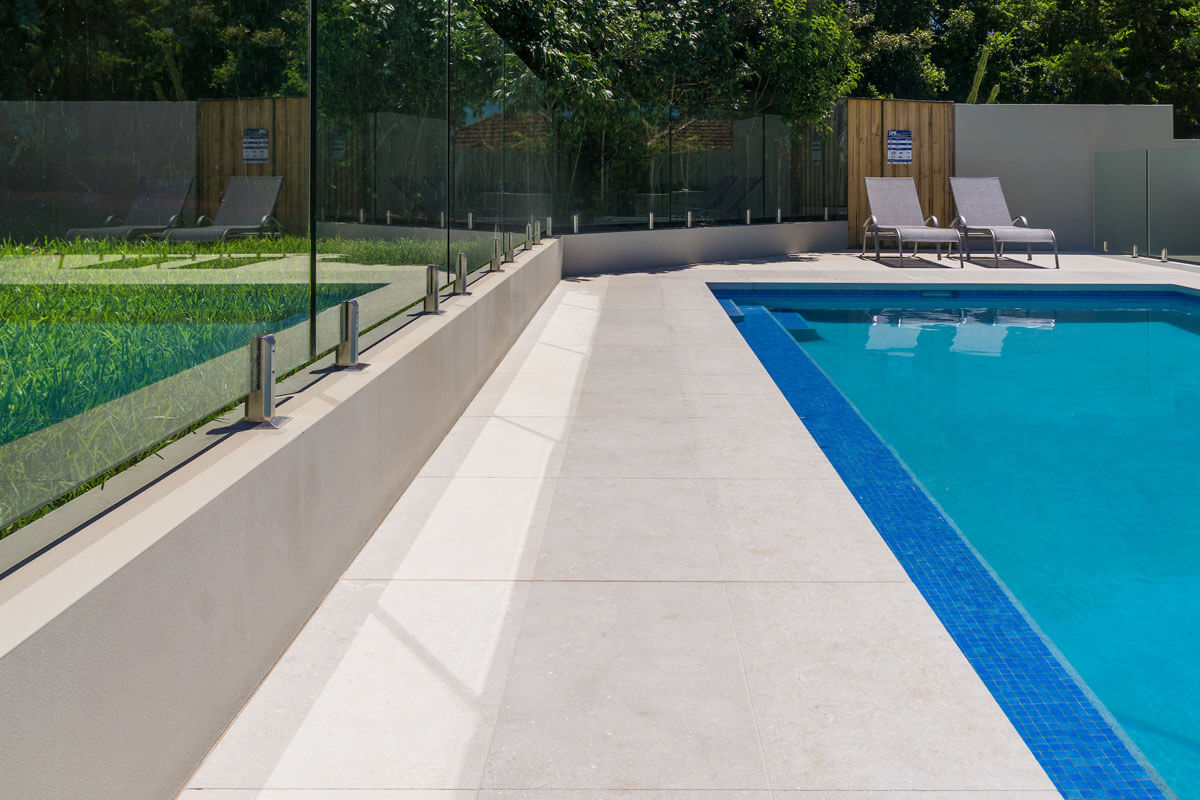
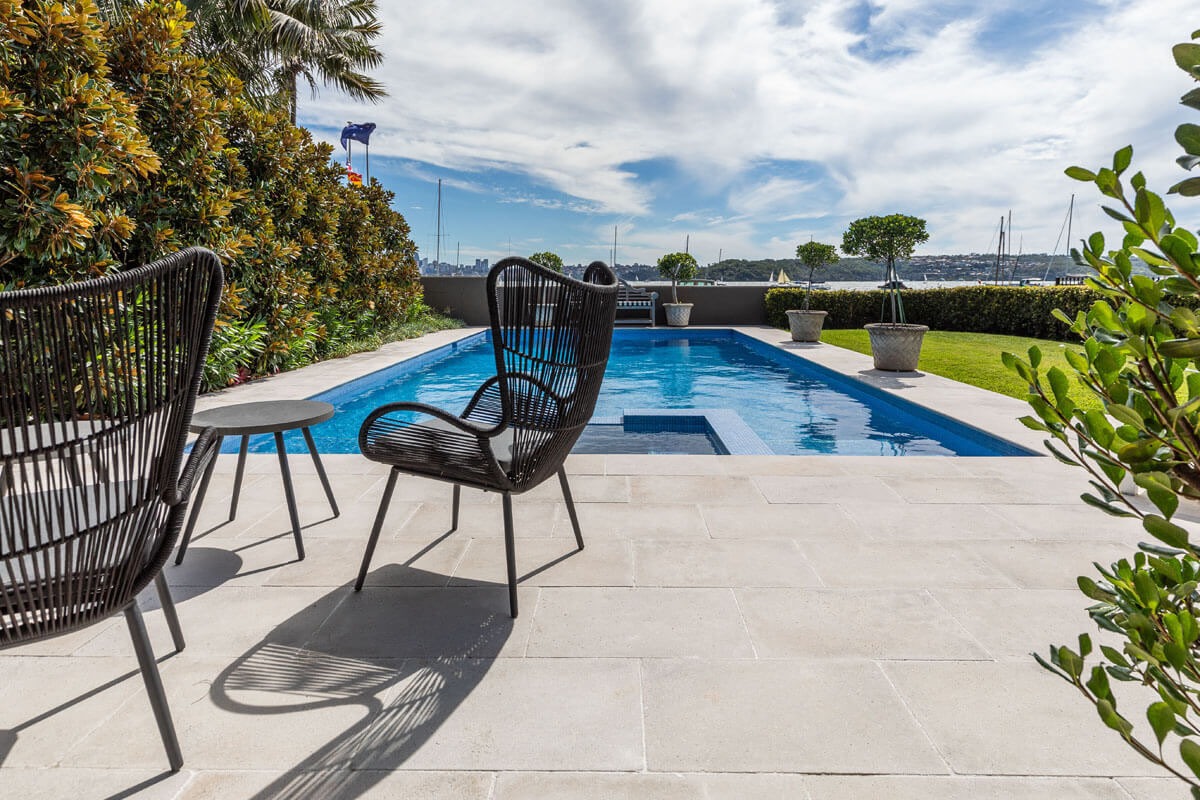
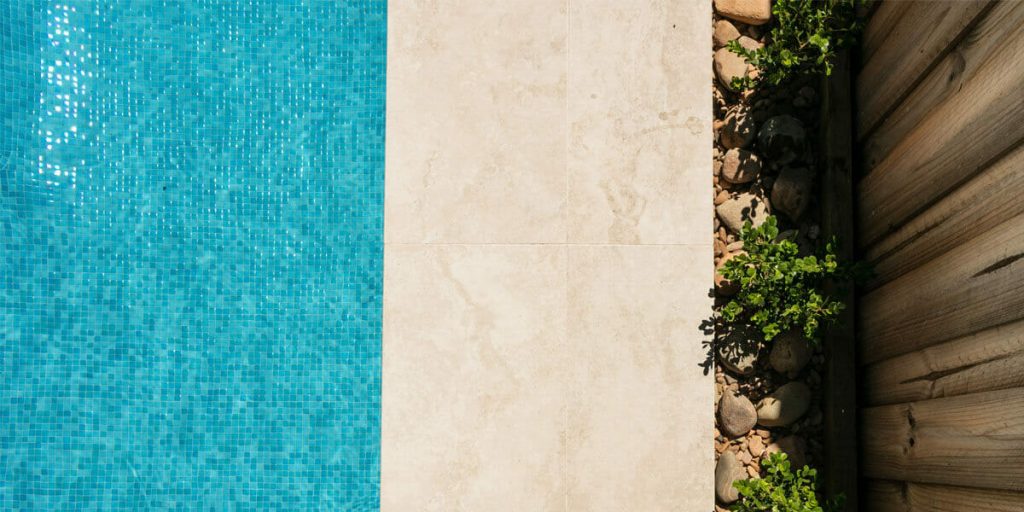
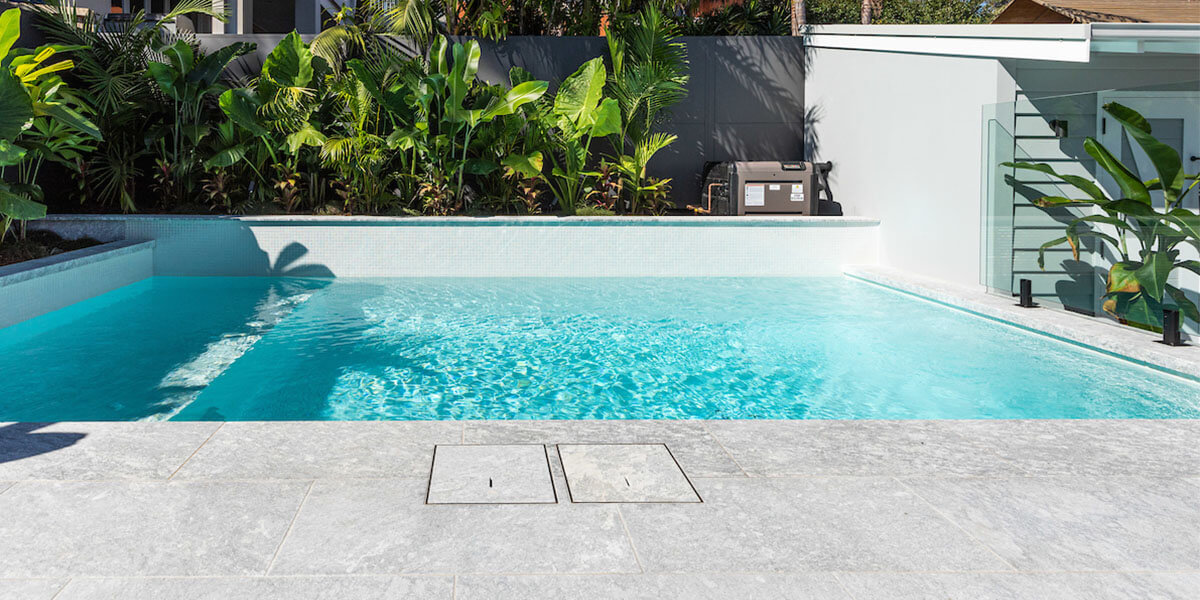
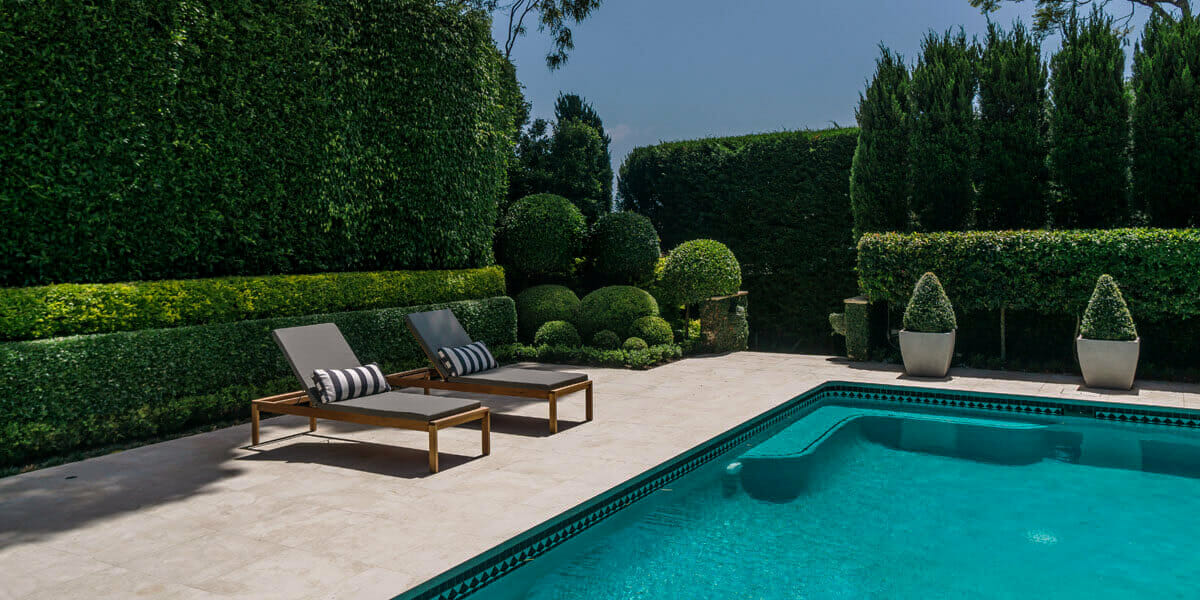
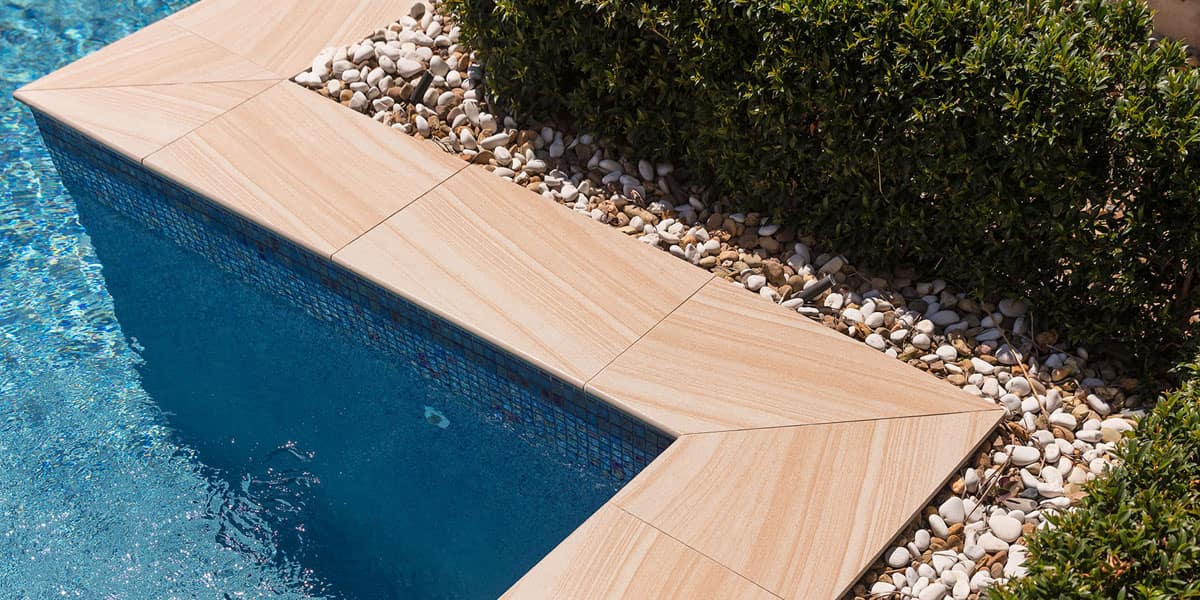
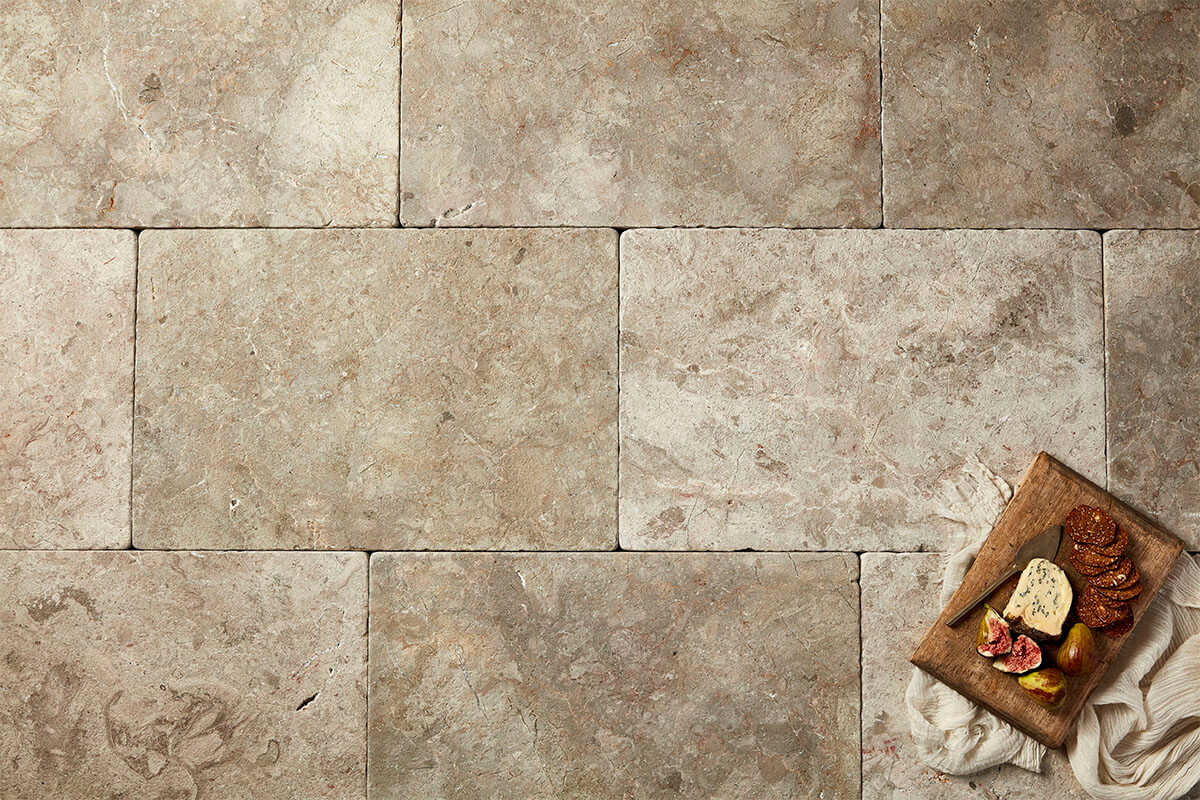
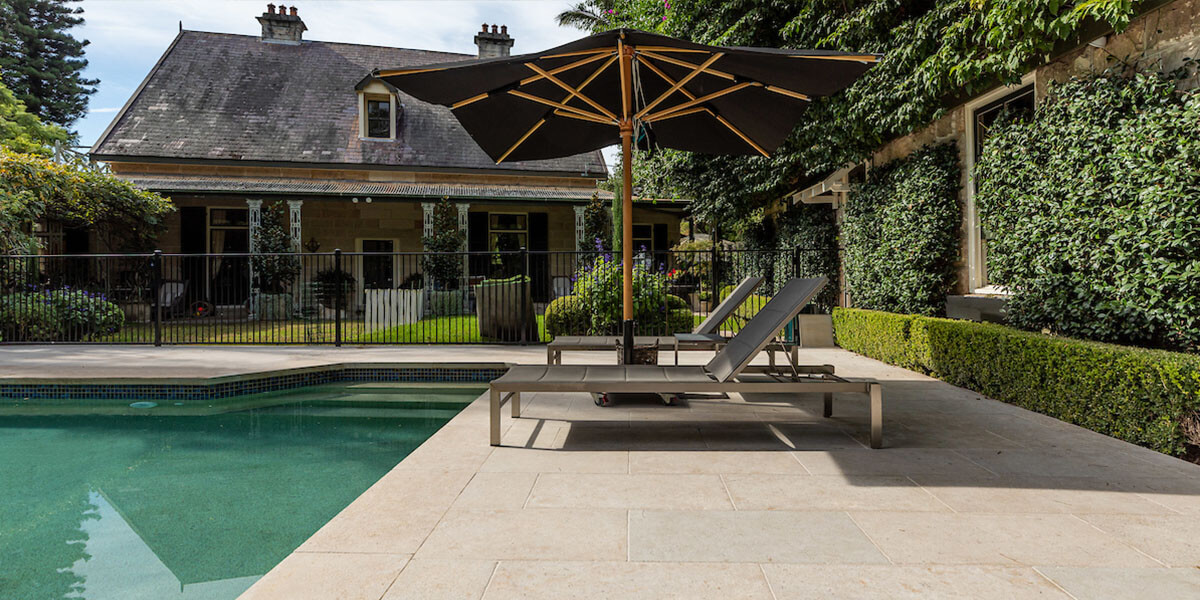
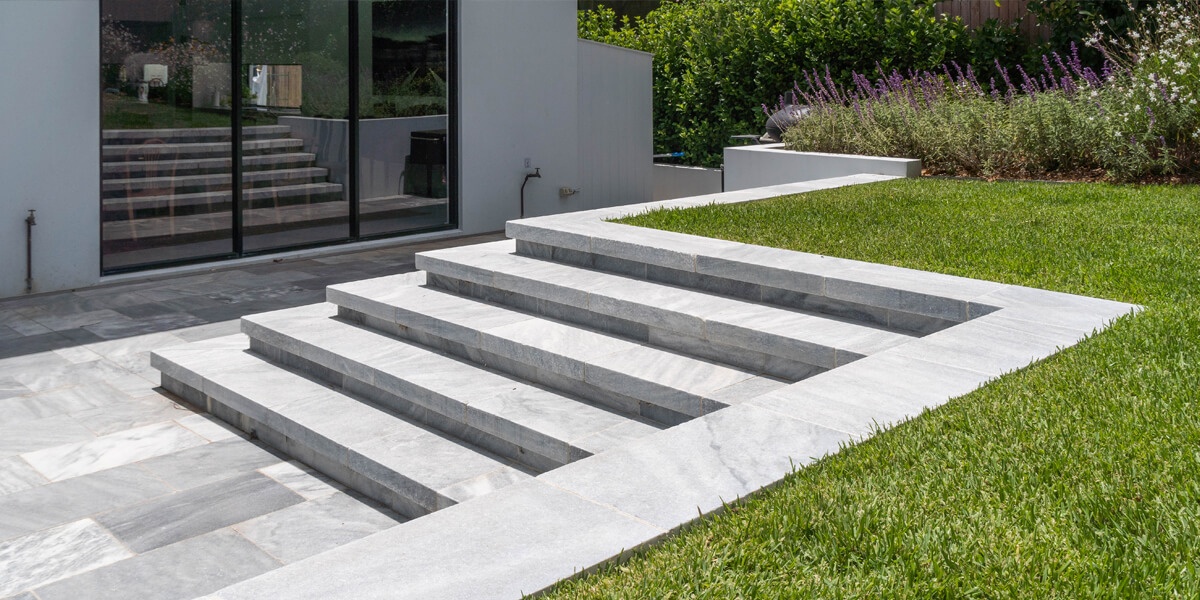
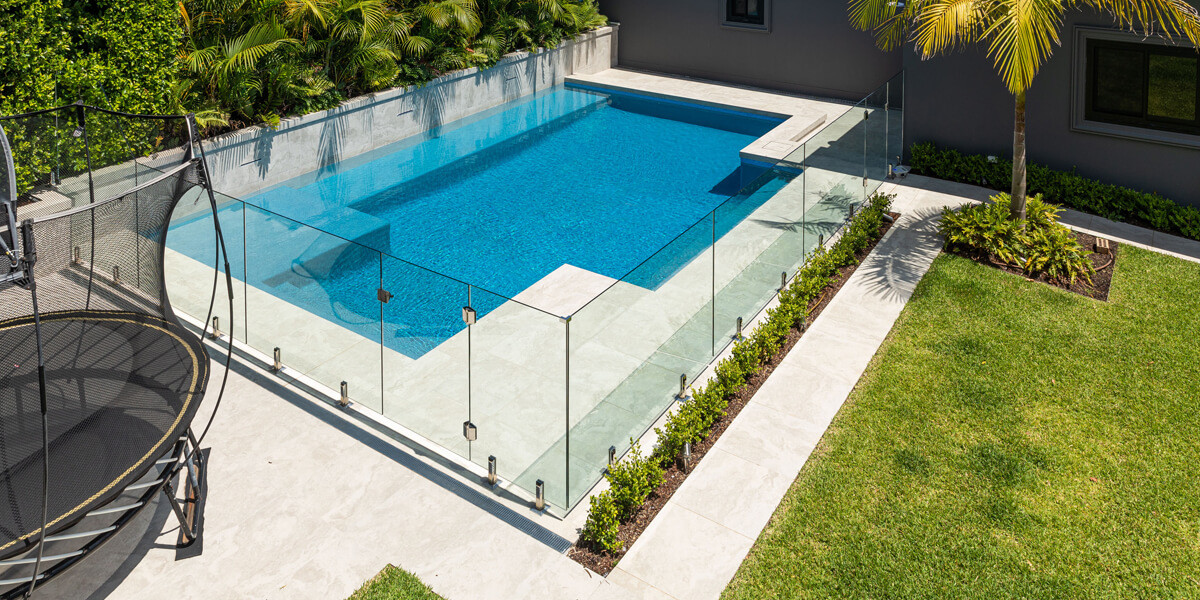
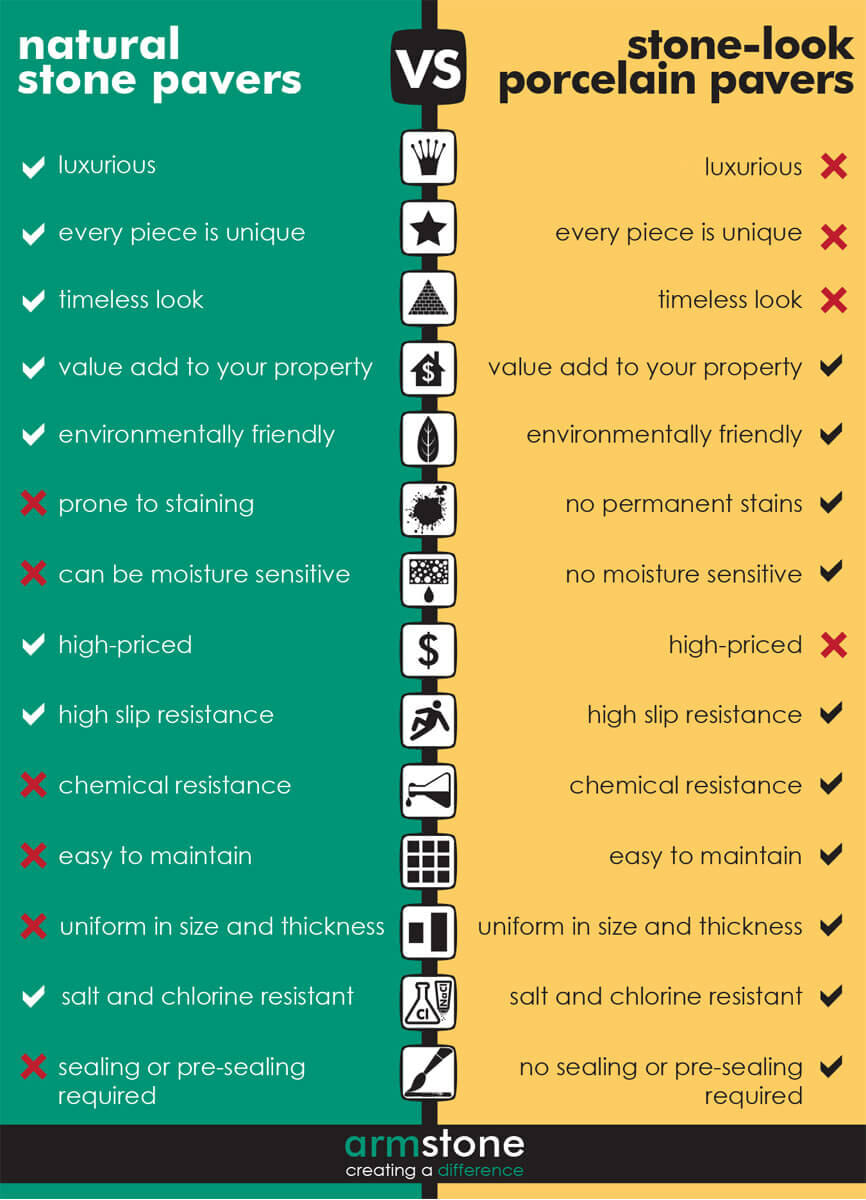

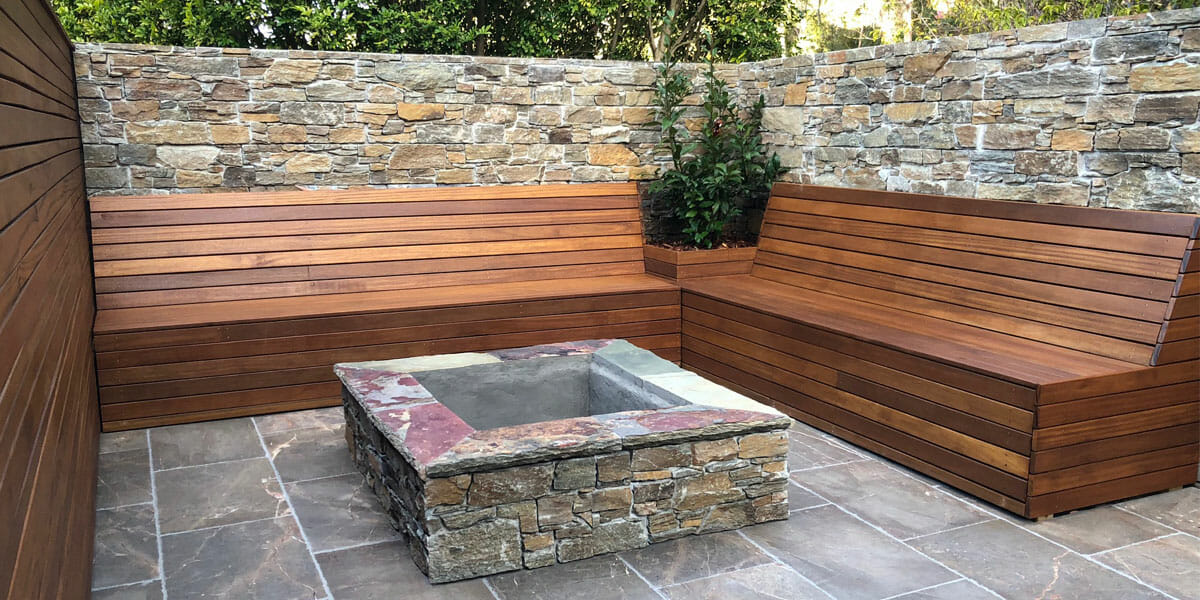
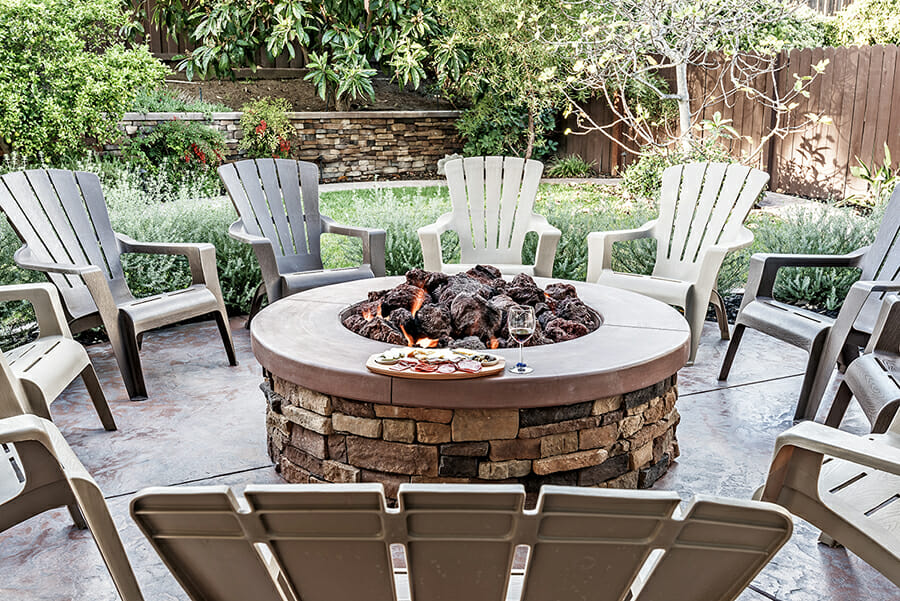 This small fire pit is an excellent addition to a small backyard.
This small fire pit is an excellent addition to a small backyard.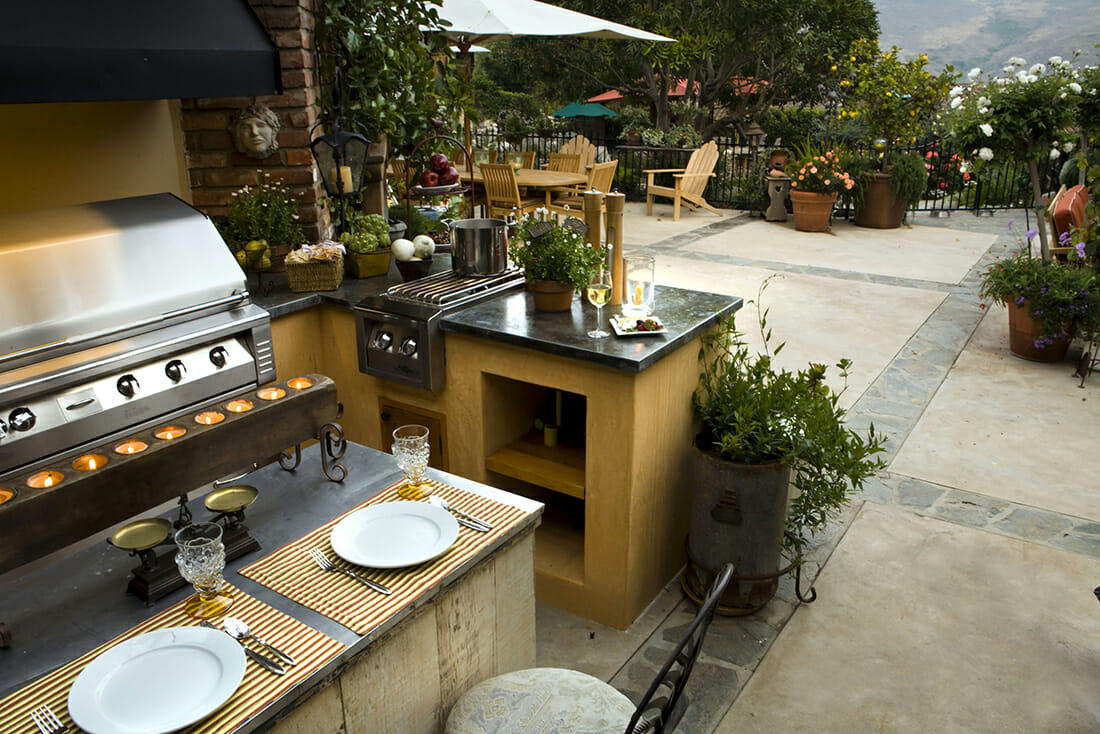 A barbecue and patio idea.
A barbecue and patio idea. 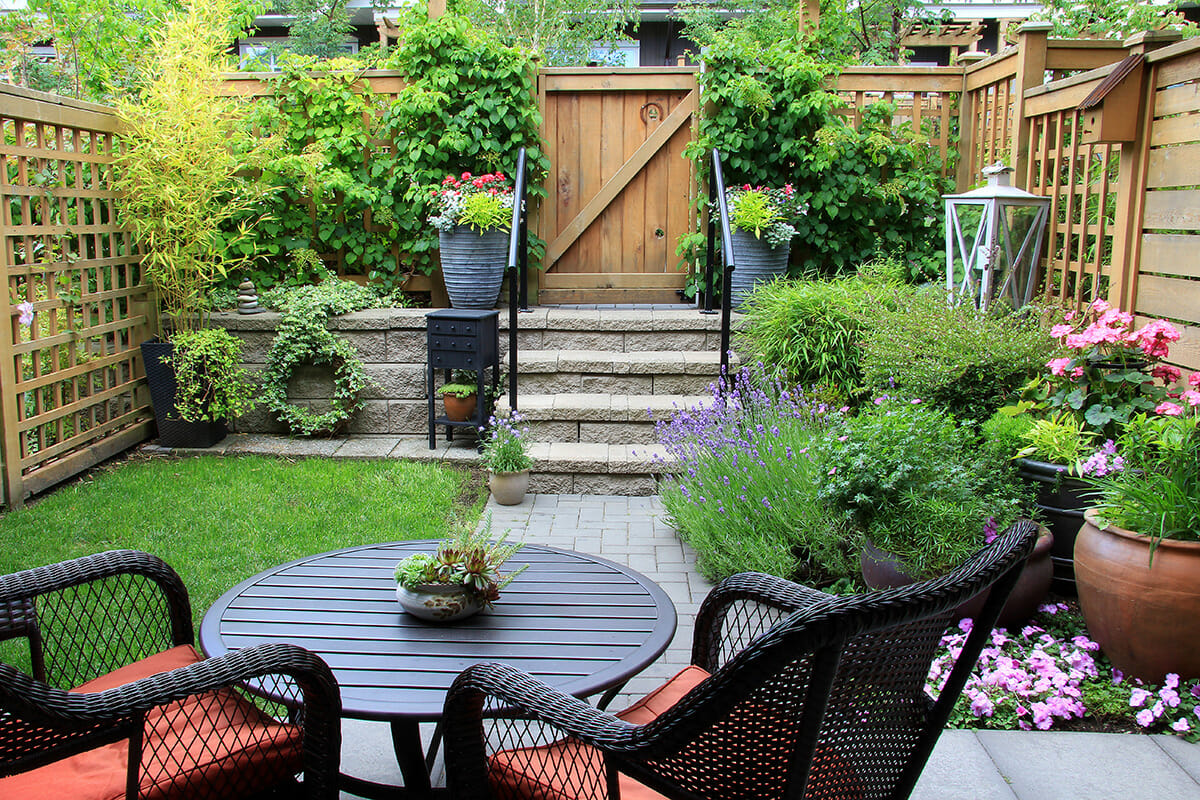 A cute seating area in a small space with selective flowers to spruce up the ambience.
A cute seating area in a small space with selective flowers to spruce up the ambience.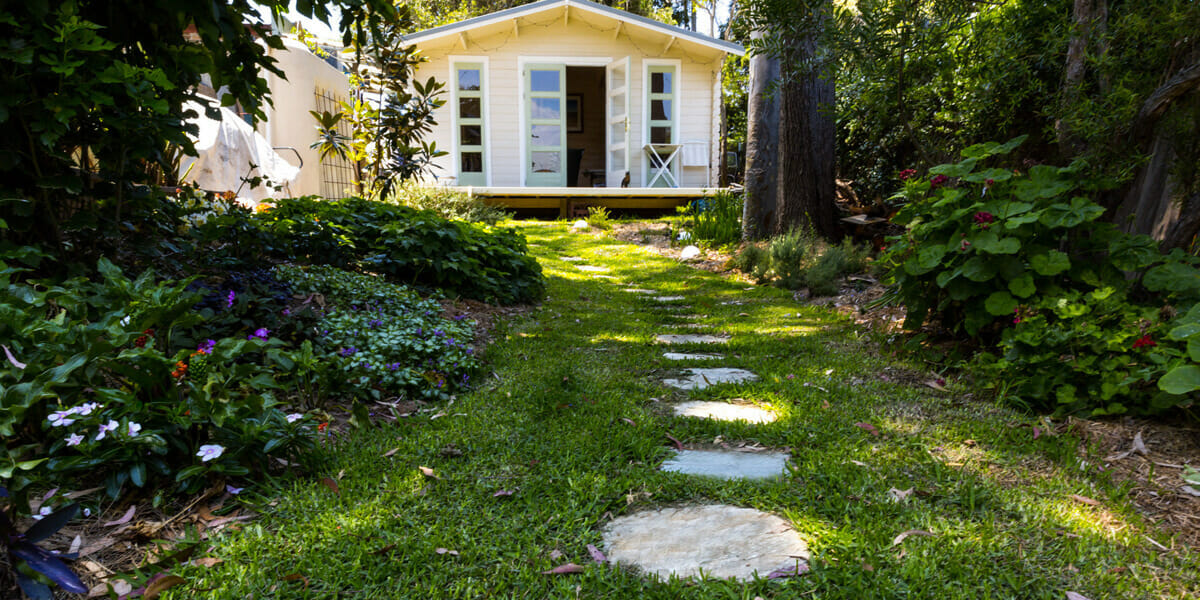
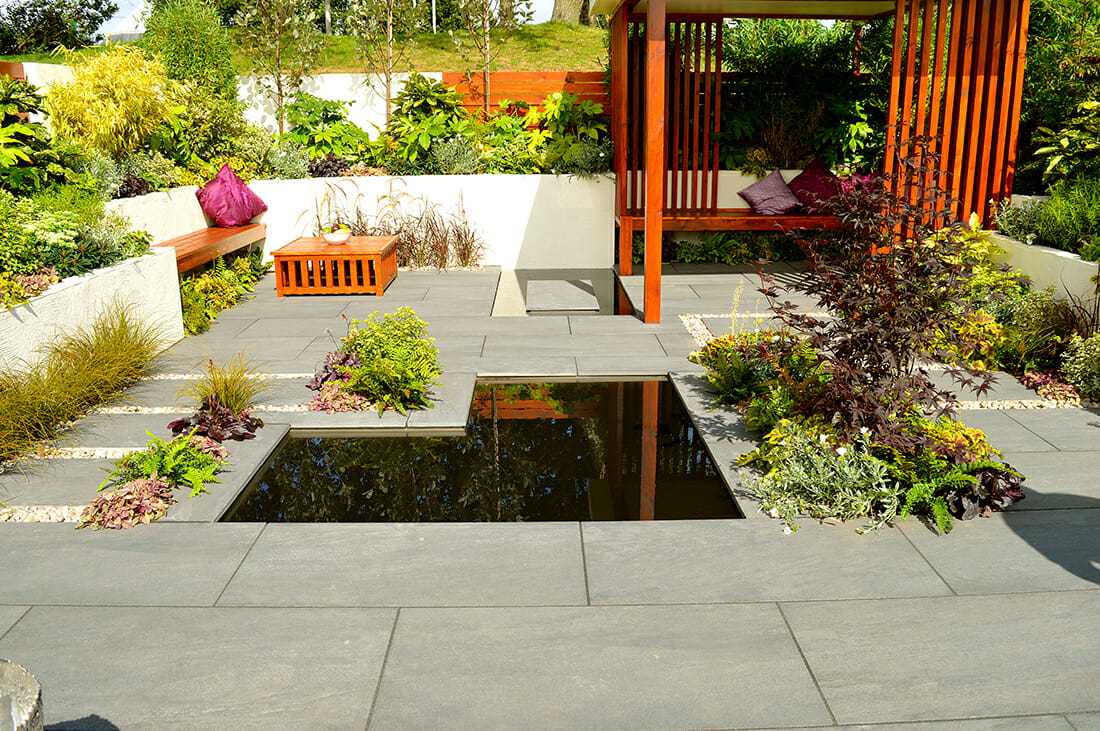 Water feature, relaxing seating areas, plants and paving – a low maintenance idea for a small garden.
Water feature, relaxing seating areas, plants and paving – a low maintenance idea for a small garden.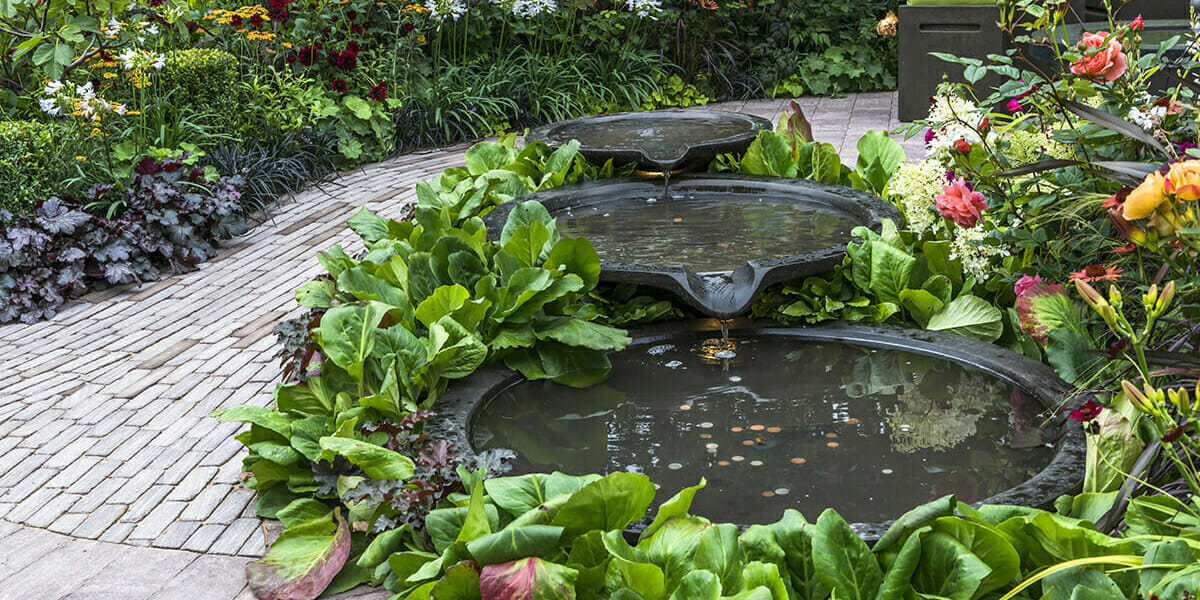 This particular water feature requires a lot of space, however it gives you an idea of what you can do.
This particular water feature requires a lot of space, however it gives you an idea of what you can do.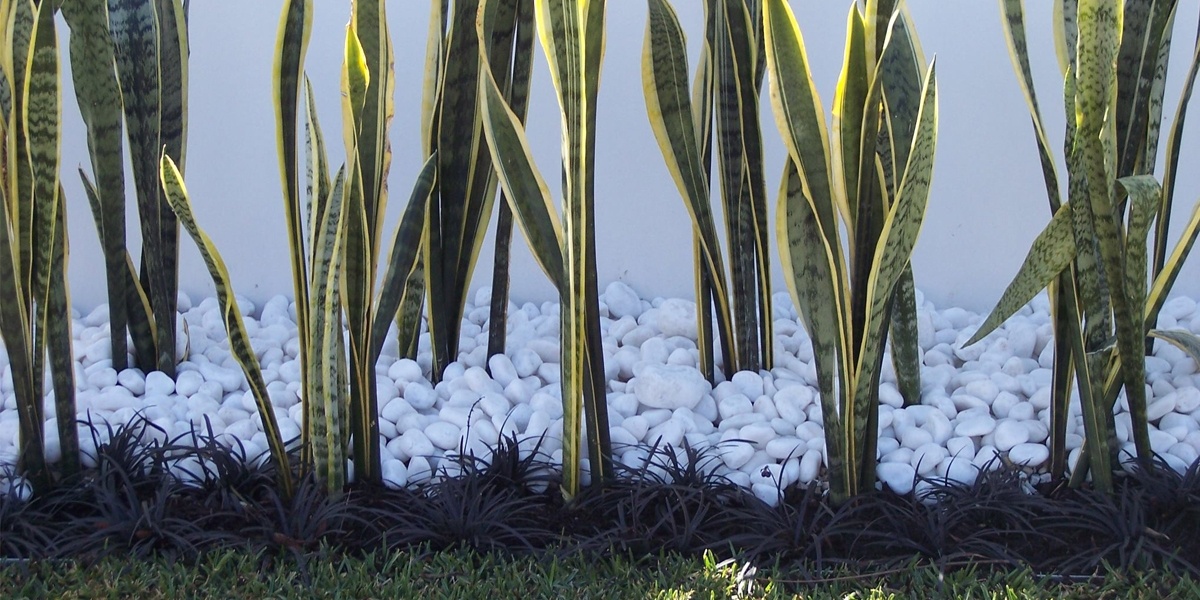
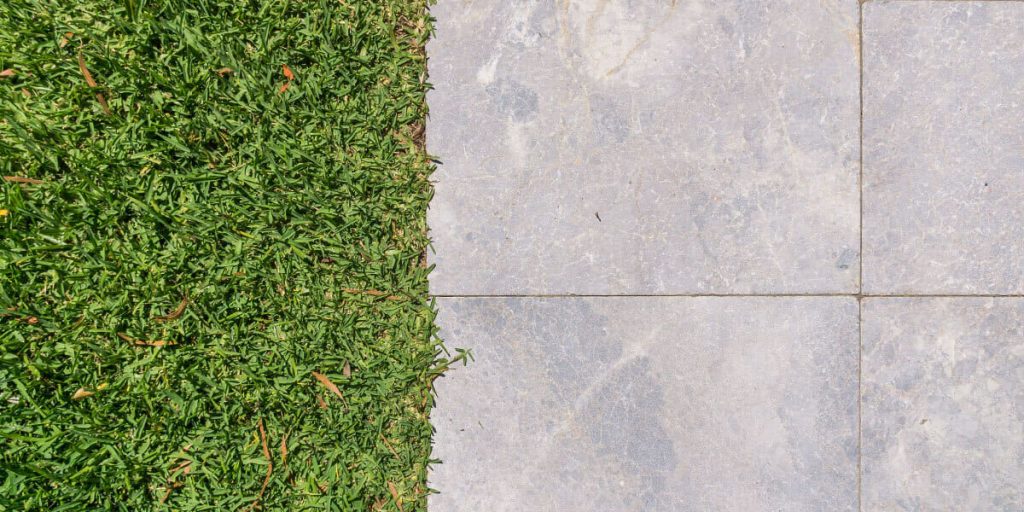
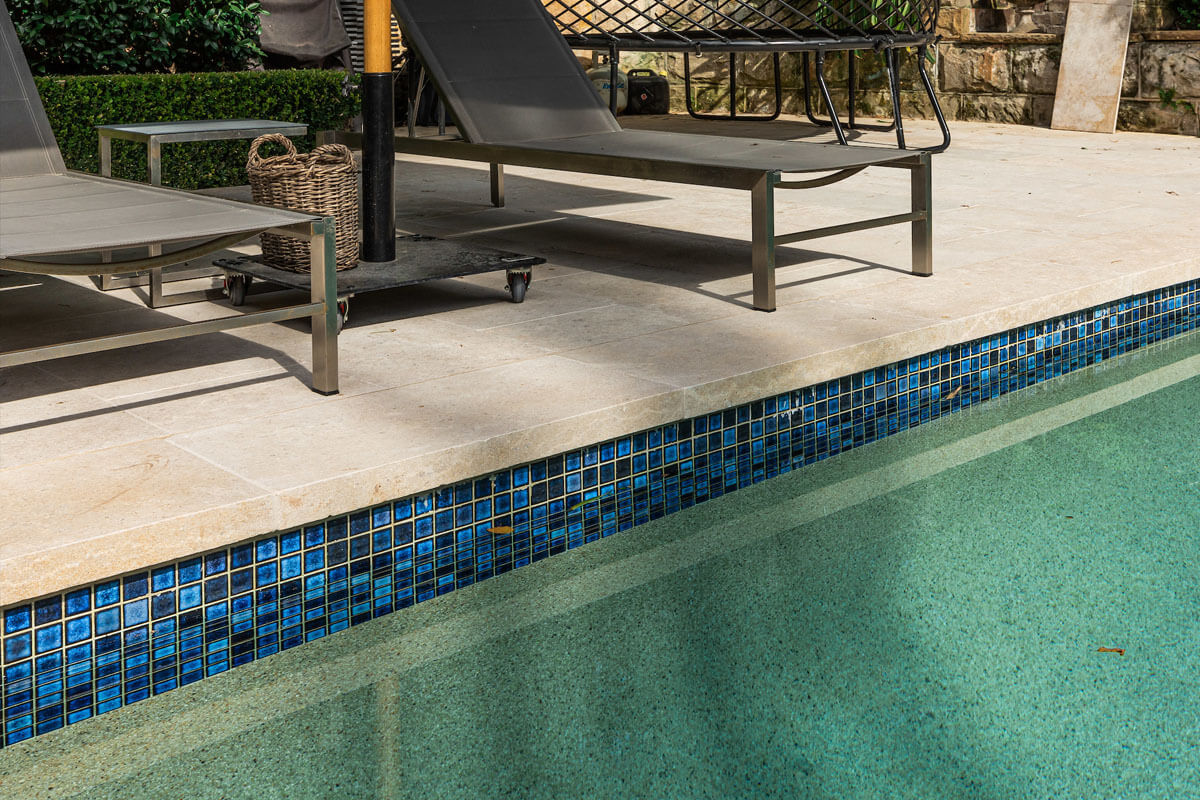
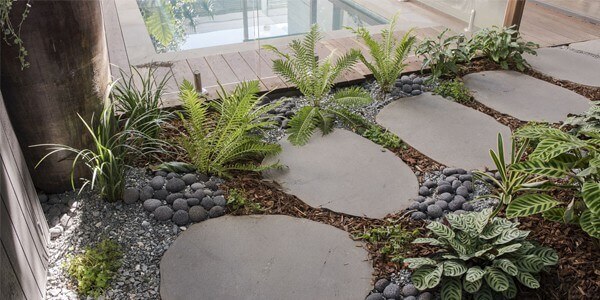
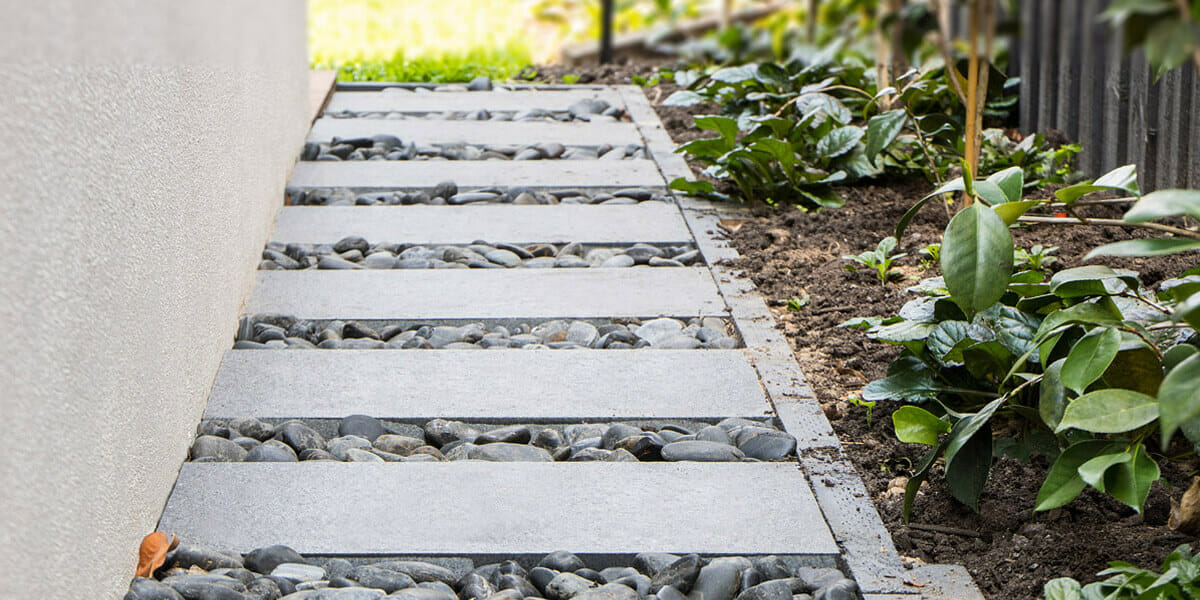
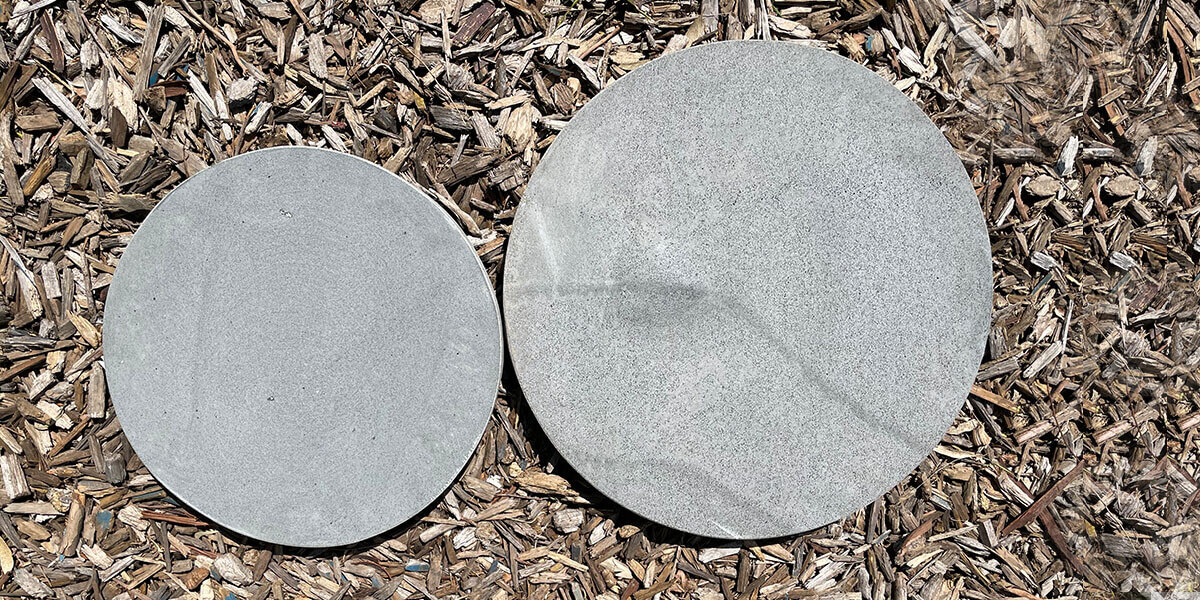
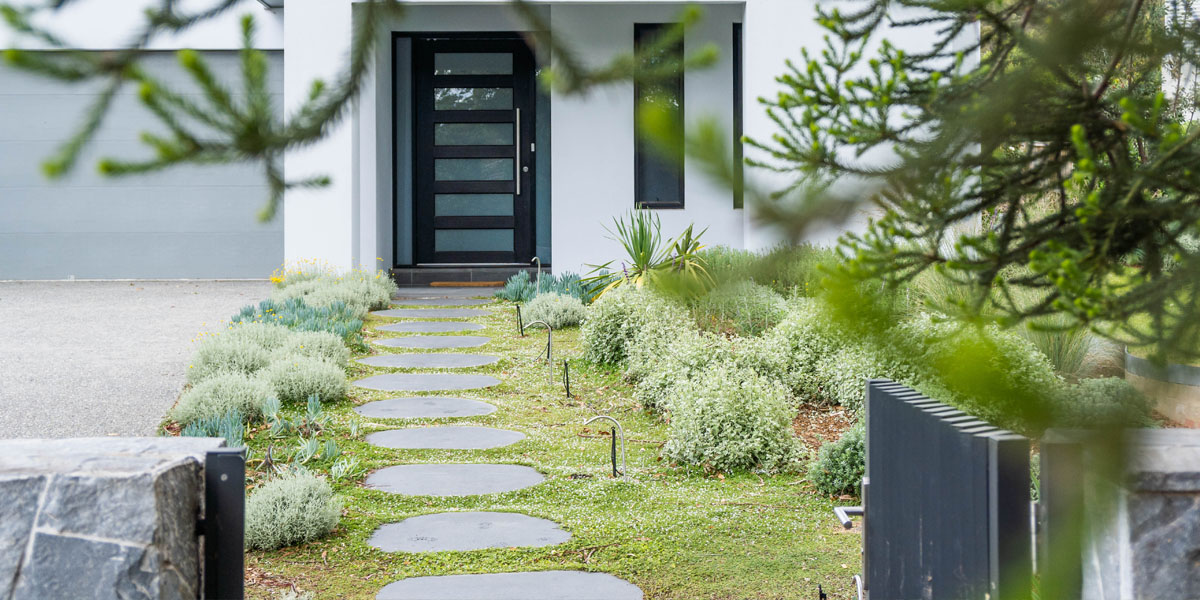
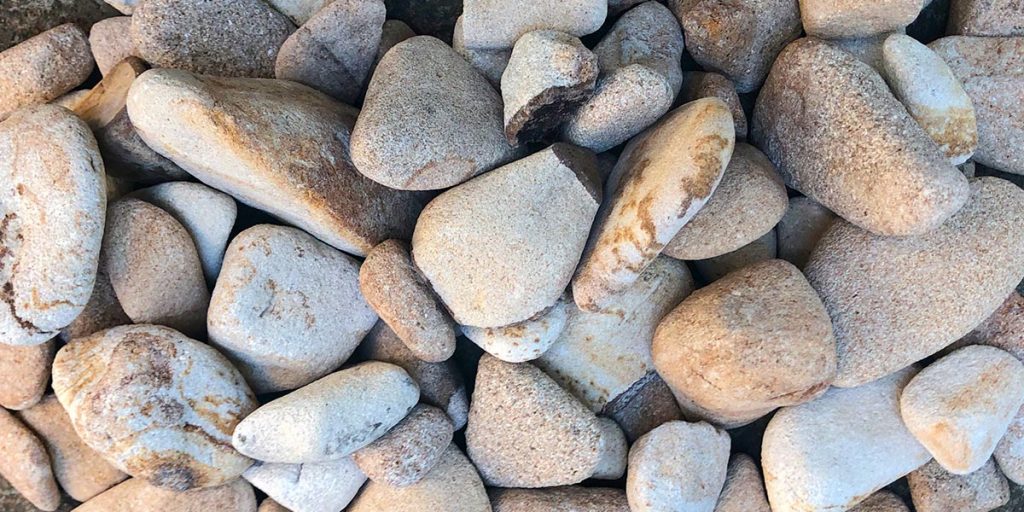

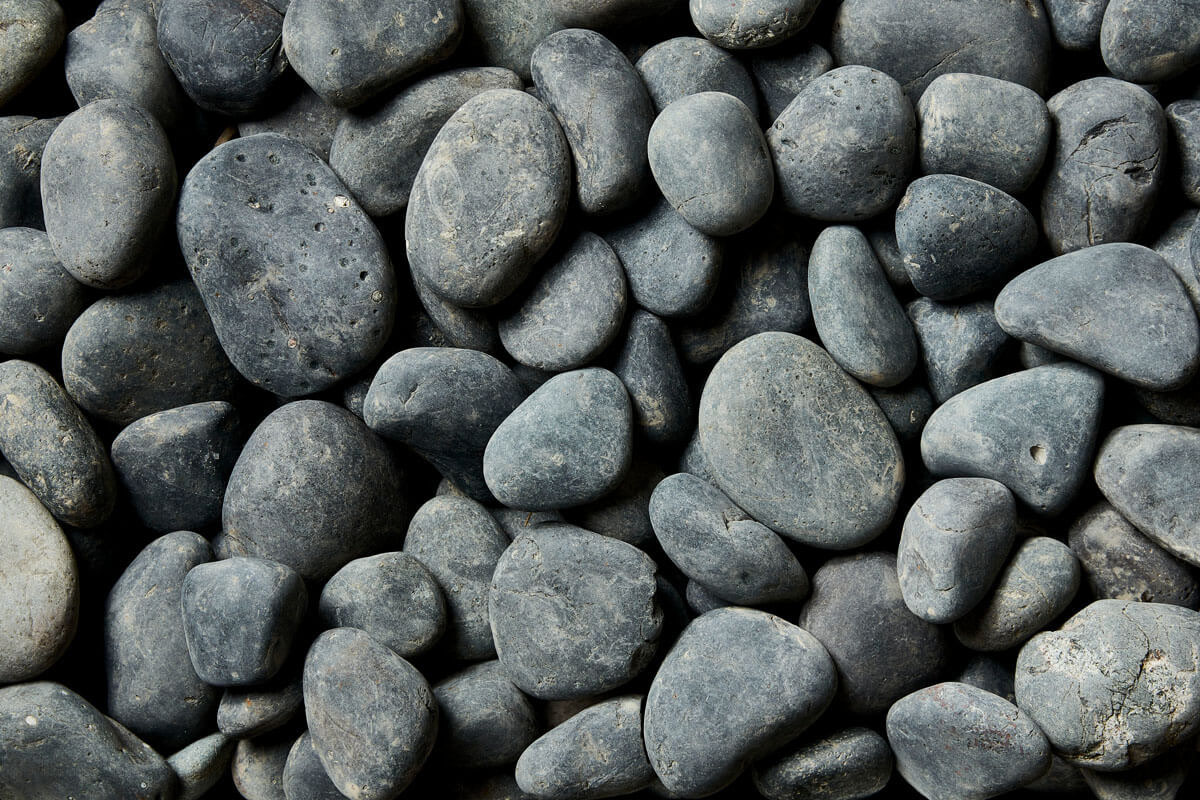
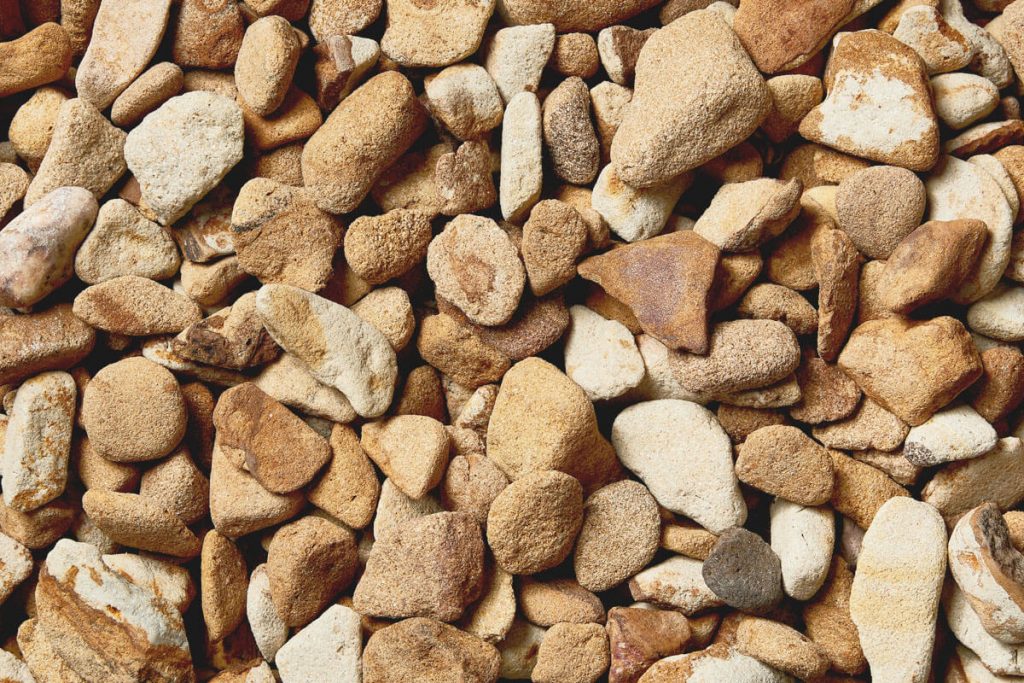
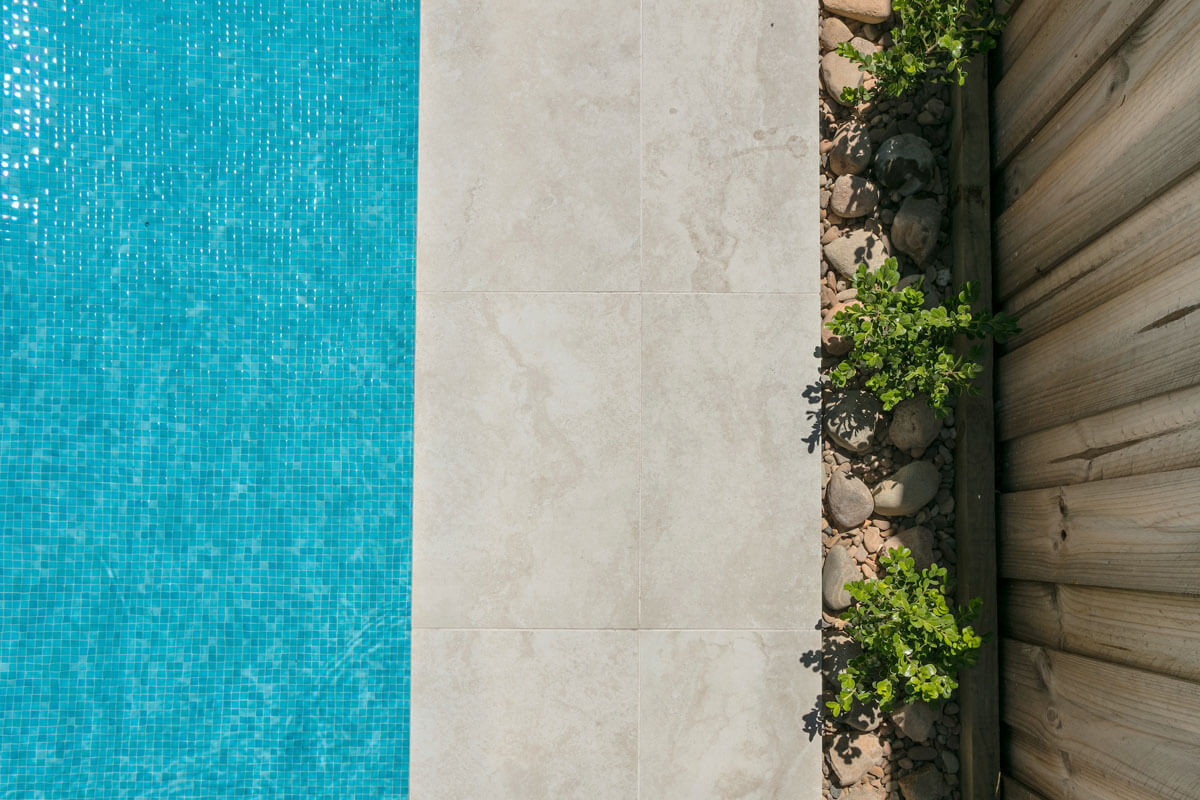

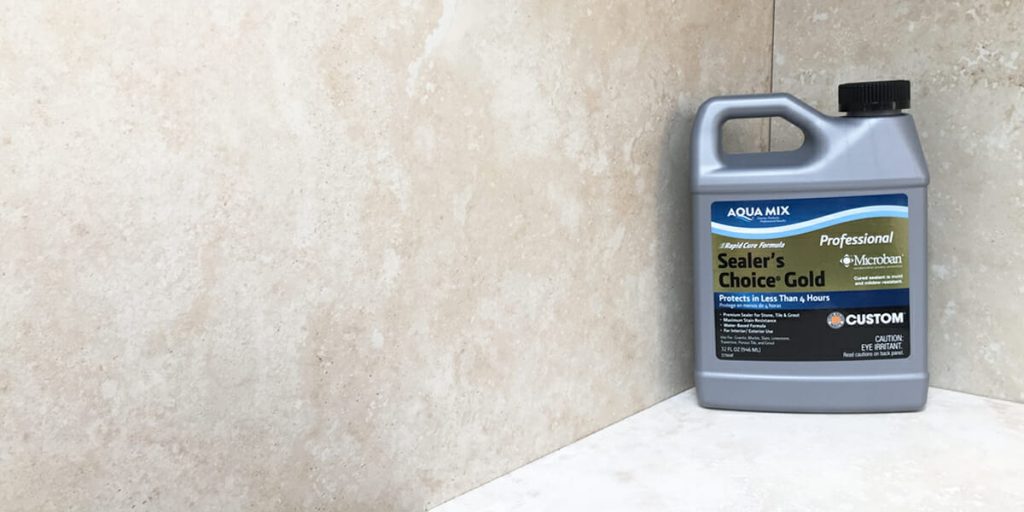
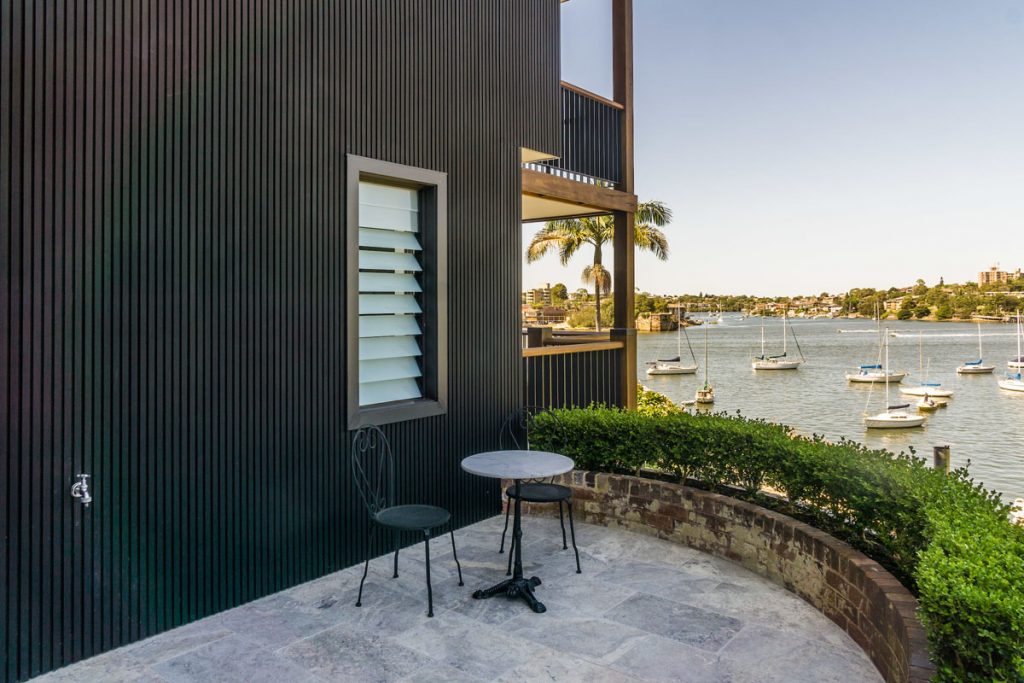
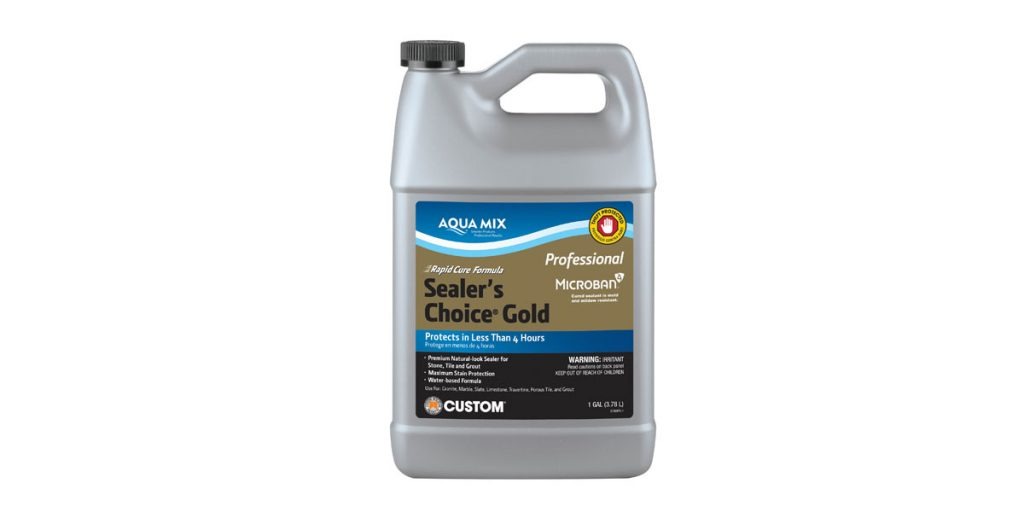
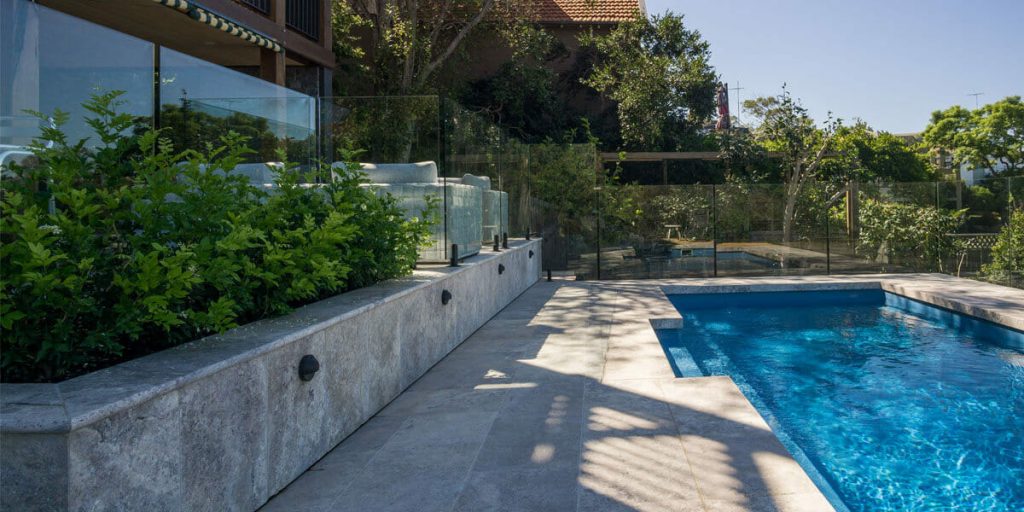
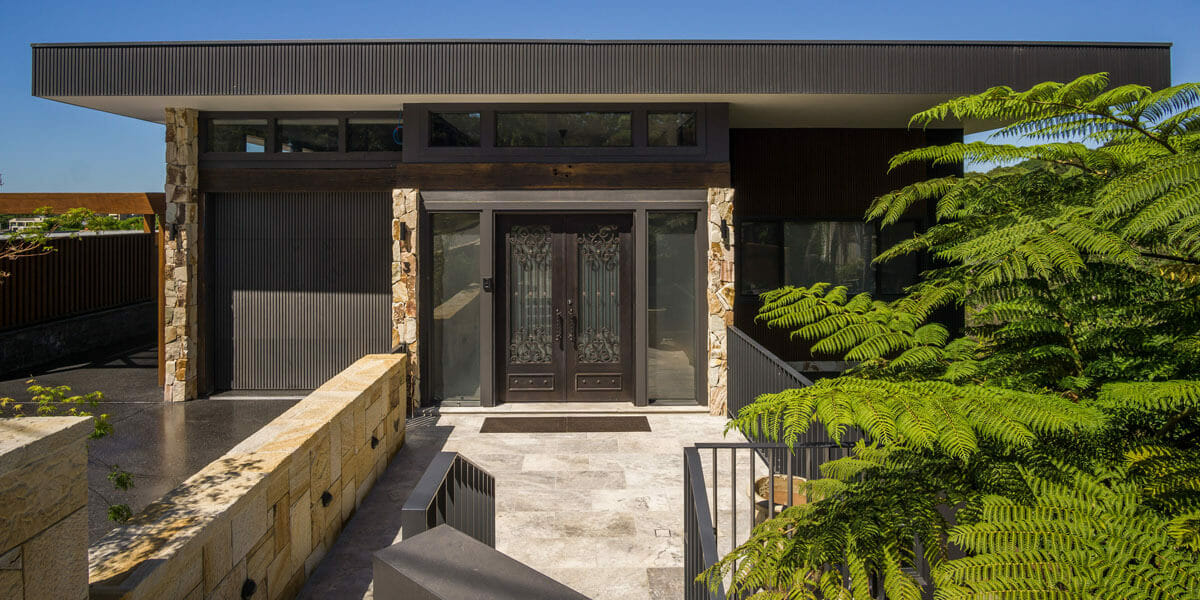 These
These 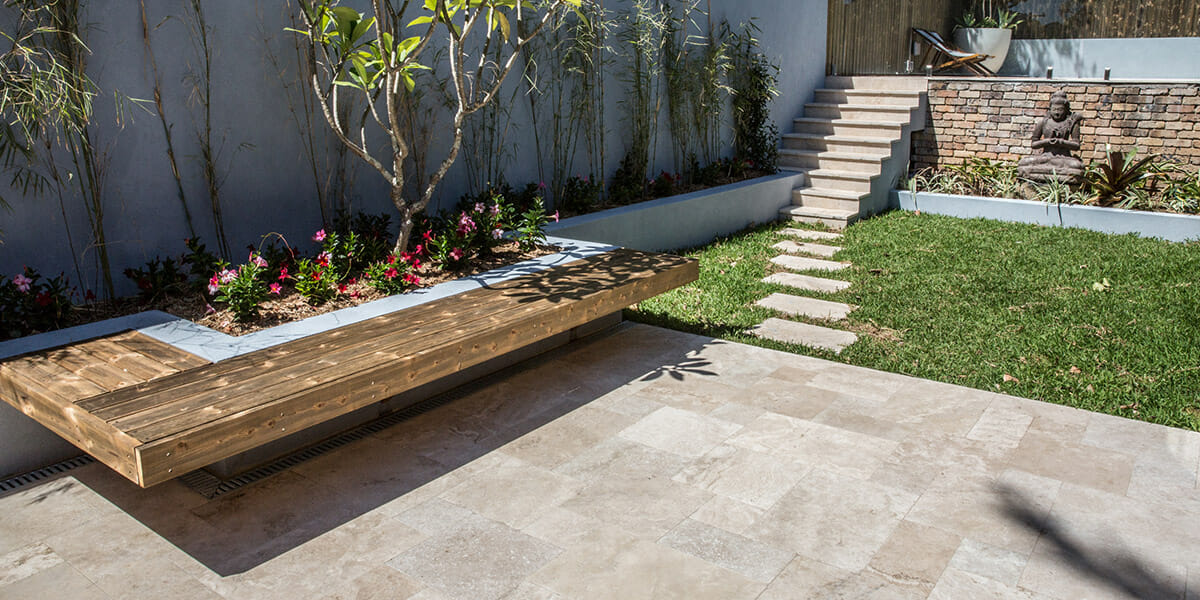
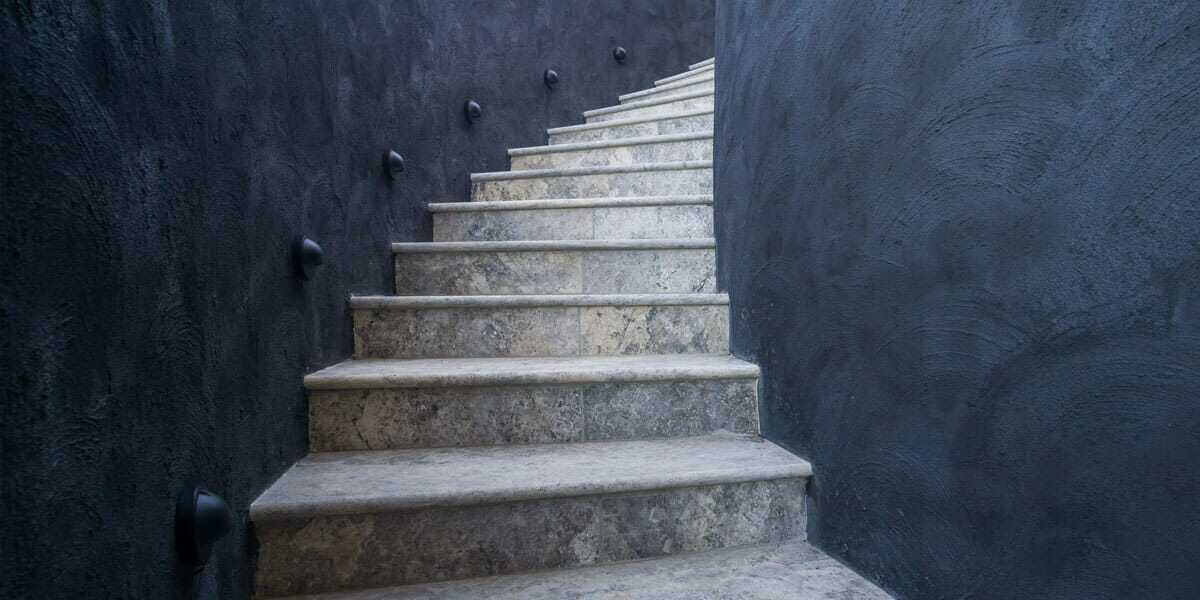 Elegant, durable and versatile – silver travertine is an ideal paver for this spiralling staircase.
Elegant, durable and versatile – silver travertine is an ideal paver for this spiralling staircase.